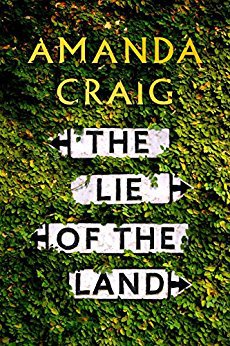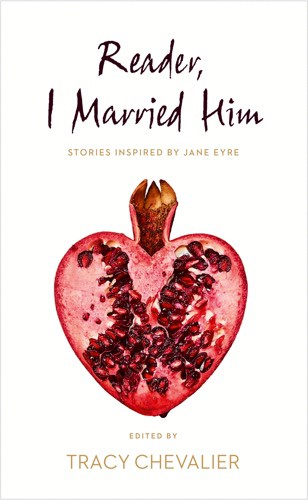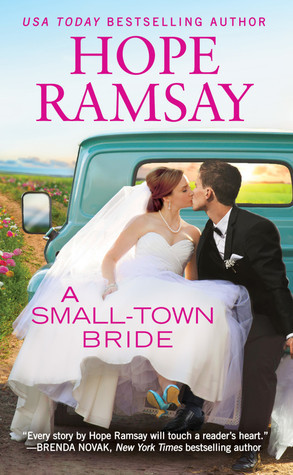
Amazon link
Quentin and Lottie Bredin, like many modern couples, can’t afford to divorce. Having lost their jobs in the recession, they can’t afford to go on living in London; instead, they must downsize and move their three children to a house in a remote part of Devon. Arrogant and adulterous, Quentin can’t understand why Lottie is so angry; devastated and humiliated, Lottie feels herself to have been intolerably wounded.
Mud, mice and quarrels are one thing – but why is their rent so low? What is the mystery surrounding their unappealing new home? The beauty of the landscape is ravishing, yet it conceals a dark side involving poverty, revenge, abuse and violence which will rise up to threaten them.
Sally Verity, happily married but unhappily childless knows a different side to country life, as both a Health Visitor and a sheep farmer’s wife; and when Lottie’s innocent teenage son Xan gets a zero-hours contract at a local pie factory, he sees yet another. At the end of their year, the lives of all will be changed for ever.
My Review
A year in the life – but what a year! On the face of it, the story of Quentin and Lottie as they, and their family, come to terms with their marriage breakdown and how to cope with their change in fortunes. Both out of a job and unable to afford a divorce, they rent out their London house and downsize to the Devon, not far from Quentin’s aging parents.
The move proves to be less than idyllic for Quentin, who still likes to bask in his now fading if not absent glory as a columnist and is now reduced to writing scathing pieces about country life. Meanwhile Lottie draws on reserves of patience and resilience built up over the years of living with the arrogant and adulterous Quentin.
The children, as children do, adapt – even Xan – Lottie’s mixed race son, who having failed to secure a place at Cambridge sulkily drifts along believing, nowhere else is worth considering. His move to the country, is a coming of age as he really has his eyes opened to the real world after living his rather gilded existence in London. As well as the family drama that ebbs and flows there is also a mystery – the murdered previous tenant of their new-found home. Why was he murdered and as the culprit is still at large, who did it?
It’s an interesting and engaging plot that in its telling also serves to hold up a mirror to modern British society, it’s extremes, it’s contrasts and it’s shortcomings. It shines a light on the darker side of the rural idyll with a reliance on immigrant workers, the realities of factory farming and the failings of zero hours contracts. A far cry for Lottie and Quentin from the London chattering class they’ve left behind (somewhat reluctantly in Quentin’s case). Though it’s not just the countryside under scrutiny, the universal problems of caring for an aging population, the challenges of the housing market (especially in London), infidelity and infertility are also covered. In general it cleverly highlights the town versus country debate as well as the prevailing political, social and economic divisions that in the past couple of years has been increasing bubbling up to the surface and look set to continue to do so.
While it starts slowly, it draws you in as you get to know the initial cast of characters and follow them on their journey, along with the wider circle of friends and neighbours that we meet on the way. It’s a year that sees assumptions, beliefs, perceptions and relationships challenged in a way that none of them would have foreseen. It’s very much a character driven plot with an ending that I doubt anyone saw coming. A thoroughly enjoyable read that I happily recommend.
Advertisements Share this:





